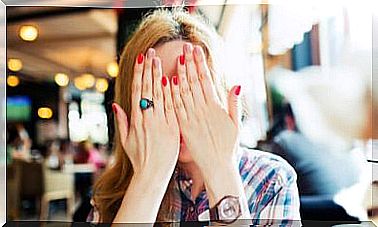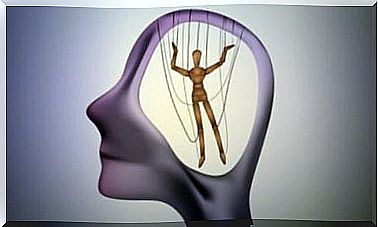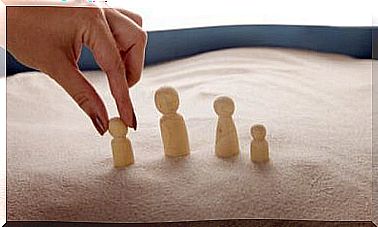What Is Special About The Dreams Of People With Depression?
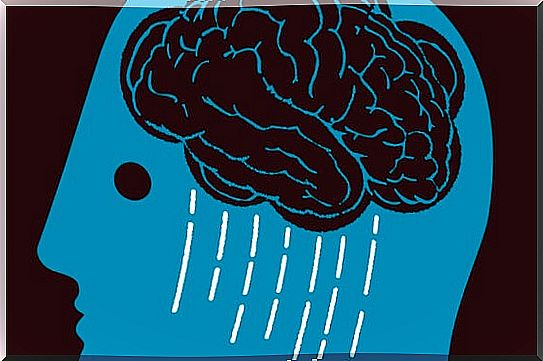
People with depression often experience different sleep disorders. However, a curious fact that science has been able to demonstrate is that during these states patients dream up to three times more than a person without depression. Despite the fact that something like this often generates confusion and fatigue, the dreams of people with depression actually serve a very specific purpose: to regulate the emotional world.
This topic is certainly new and not well known to many of us. When talking about depression, it is common for the focus of interest to focus on the symptoms, the triggers or the different existing therapeutic approaches. However, this dimension is rarely approached from a dream point, that is, by understanding a little more what happens in the brain of the person with depression when they finally fall asleep.
In fact, to Freud’s assertion that dreams are the royal road to the unconscious, we should also add that this road, this singular route, can actually be a road full of tortuous twists and infinite turns that many nights will not lead us to. Nowhere. However, it will offer us spectacular views of what is really going on in our minds.
The dreams of people with depression by themselves will not solve the disorder. They are only the evocation of a problem, they are like an abstract canvas by Kandinski that tries to tell us something, to shape what hurts us, what angers us, what scares us, what grips us. The dreams of people with depression are a defense mechanism of the brain itself trying to regulate the emotion that it disturbs.
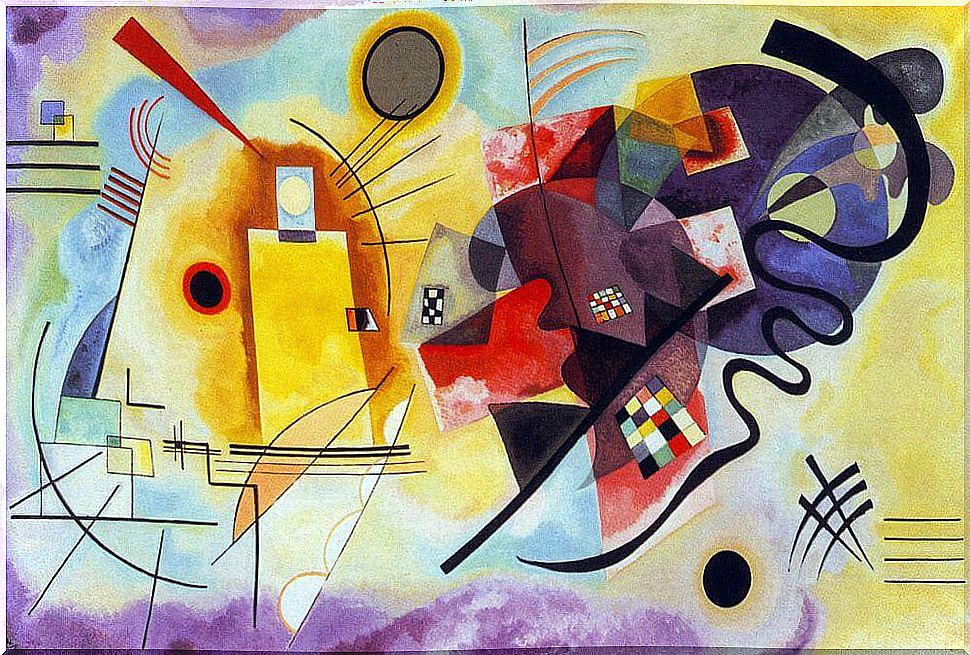
The REM phase in people with depression
Dr. Rosalind D. Cartwright is a renowned Cornell University psychologist who has devoted much of her life to researching and understanding the dream world. In his well-known book “
The way he does it is as fascinating as it is strange, because the patient does not really notice that the act of “dreaming” is helping him in any way. However, it does try through a series of mechanisms. They are as follows.
REM phase and dreams of people with depression
- Patients with depression may experience, for example, daytime sleepiness and great difficulty falling asleep at night.
- When they wake up they usually feel deep tiredness. This is so because the night’s rest is not restorative, but quite the opposite: they feel that their head is “fuller”, they know that they have dreamed a lot but they cannot remember clearly what those dreams were about.
- What is actually happening is that patients with depression enter the REM phase much earlier. Also, this phase where dreams appear usually lasts up to 3 times longer. That is, people with depression dream three times as much as people without depression.
- It should also be remembered that REM sleep is called “paradoxical sleep” because it does not provide rest; in fact, it is the moment in which we generate a higher level of adrenaline.
- Thanks to the new imaging and diagnostic tests, it has also been seen that the limbic system, related to emotions, is more active than ever in the REM phase. Something that only happens with depressed patients.

Dr. Cartwright explains that when we sleep, the brain takes over, understanding that the most relevant thing at that moment for us, even before offering us a restorative physical rest, is to “push” ourselves to resolve our emotional knots.
However, it often does it in the worst possible way, through nightmares and unpleasant dreams, the same thing happening in the dreams of people with depression. Everything that causes us confusion, anxiety or despair will emerge in that surreal and strange territory in an attempt of the brain to regulate that negative emotion, to “detoxify” such confused tension.
Rest guidelines for people with depression
We are aware that “dreaming” three times, experiencing nightmares and opening our eyes to the new day feeling tired, is not very useful when dealing with depression. Therefore, if this information should help us in something, it is to know our enemy a little better and to understand, above all, that our brain warns us that there is something we must solve.
Thus, and knowing this, it is always useful to apply a series of strategies related to our rest and recommended to improve the dreams of people with depression, which can be of help in case we are going through a similar state, be it a depression mild, dysthymia, or major depression:
- Let’s avoid intensifying our emotional charge before going to bed. Ruminant thinking will undoubtedly increase our state, making the REM phase longer, and thus taking away the opportunity to get a restorative physical rest.
- Exercises, such as meditation or any other relaxation technique that we control, will be useful to go to bed with a less active mind.
- Likewise, if we take antidepressants, it will be good to assess what side effects they may have on our dreams and change them if they are significant.
- It is also necessary that we adjust our circadian rhythms. Let’s try to follow a good schedule, where sleep usually begins and ends at the same time.

As we progress in our treatment and therapeutic strategy, our REM sleep will adjust again, it will last less and will allow us to obtain a more satisfactory rest. In it, the dream world will stop being so convulsive, enigmatic and even terrifying. The brain will stop giving so much relevance to our emotions to carry out its usual nocturnal tasks: classify meaningful information, organize experiences, send unhelpful data to oblivion …
Our inner universe will return to its usual balance, away from nightmares, away from the shadow of depression. The one whose impact covers all areas of our being, including that of sleep.





